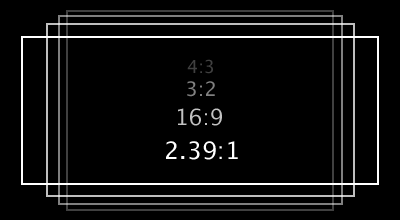16:9 is King
Posted on: 26 February 2010
Widescreen has been commonplace in televisions for many years now, as well as in computer monitors and laptop screens. Ultra wide aspect ratios have been favoured by movie makers for even longer. And why? Because it's awesome, that's why. Everything looks better in widescreen. Yes, even photographs.
Widescreen is so widely used these days that our eyes almost expect it, they've grown acustomed to it. I am no scientist and have no research to backup my subjective ramblings, however I believe humans essentially see in widescreen. Due to the positioning of our eyes on our face, the combined image that our eyes make up is essentially in a wide format. At the risk of saying something stupid, I will now stop with my non-scientific analysis of vision.
Photographs are, by default, not in a particularly widescreen format. Out of a compact camera, you'll generally get a 4:3 aspect ratio. It's pretty square, and to be honest I don't like it. SLRs will get you a slightly wider ratio in the form of 3:2. Most broadcasts on TV these days will be in a 16:9 format - wider still. Film still has the undisputed edge in wide screen format, with an aspect ratio of 2.39:1. If that all made little sense, this diagram should explain better:

Widen your Photos
Change the feel of your images by giving them the widescreen treatment. It work work well for every photo, but I've been surprised with how it can breathe life into an otherwise dull photograph. If you're after a cinematic film look, crop to the extreme, lower your saturation and boost your contrast.
Logic dictates that I should now provide a visual example. But, allas, my photo taking has come to a gradual halt recently. This will change! Until then, go forth and widen and crop to your hearts content.